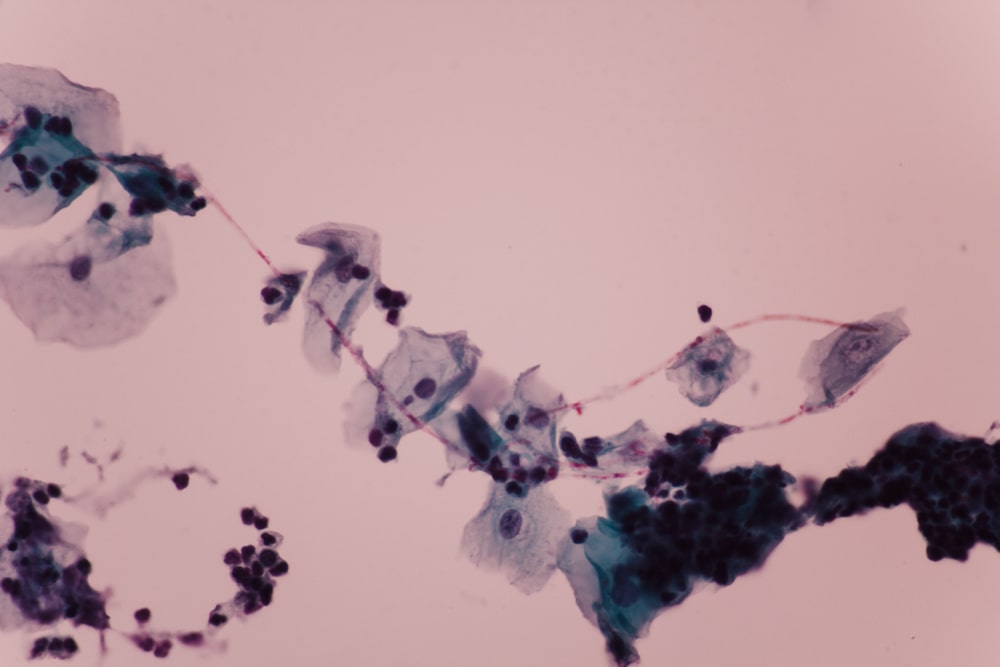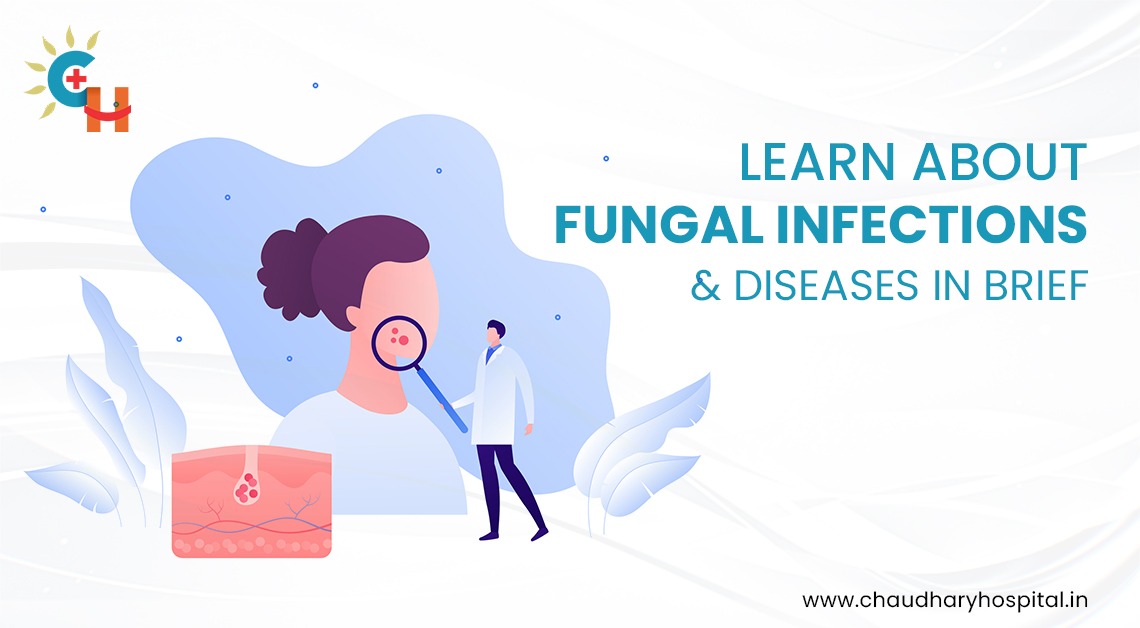Fungal Infection of the skin is also known as Mycosis. It is a mild disease, however, in some conditions, it can also lead to severe disease. It can affect anyone and can appear on any part of the body. Fungal diseases in humans are caused when an invasive fungus takes over an area of the body that the immune system cannot control. Different types of fungi can cause fungal infection and it can be contagious. The most common diseases caused by fungal infection are Athlete foot, Fungal nail infections, Ringworm, Vaginal candidiasis, candida infections on the mouth, throat, and oesophagus. There are several anti-fungal medicines available for fungal infection treatment.
Note: The treatment should be taken as per the doctor’s recommendation.
What is Fungal Infection?
Fungal Infection is a skin disease caused by fungus. Just like microbes, there are two types of fungus – helpful fungus and harmful fungus. A fungal infection is caused when a harmful fungus invades the body and starts growing in a particular region. These fungi can be difficult to kill and their growth prevention is only possible with the help of medicines.
Fungal infections can be contagious and can spread from person to person. Its prevention is a must. In some severe cases, one might be infected with disease-causing fungi, spread from infected animals, or contaminated soil or surfaces.
Fungal Infection – What are its types?
Fungal Infection can occur anywhere on one’s body. Mycosis is the medical term for a fungal infection. Although most fungi are harmless to humans, some of them can cause disease in certain circumstances.
The most common types of fungal infections are:
Athlete’s foot
The athlete’s foot is also known as Tinea Pedis. It is a fungal infection that infects your foot and is contagious. The fungi develop in warm and damp environments in areas like shoes, socks, locker rooms, etc. These are generally found in hot and humid climates.
Following proper hygiene like changing sweaty socks and cleaning shoes might prevent the infection.
Symptoms :
- Itching
- Stinging
- Burning sensation
- The skin might crack, peel or blister
Jock Itch
Jock itch is caused by tinea, a type of fungus. It is also known as tinea cruris. Tinea develops in warm and humid body environments like genitals, inner thigh, and buttocks. The infection usually happens in summer when the environment is suitable for the fungus to grow. Jock itch is a rash that is usually ring-shaped and is red and itchy.
Symptoms:
- Redness on skin
- Itchiness
- Burning sensation
- Cracks on skin
- Rashes
- Changes in skin colour
Ringworm
Ringworm, as the name suggests isn’t really a worm but a fungal infection. It is also called Tinea Corporis. Ringworm, as the name suggests, can cause a circular rash (ring-shaped) that is usually red and itchy.
Symptoms:
- Patches that blister and bleed
- Bald patches on the scalp
- Ring-shaped patches
- Thick, discoloured, or cracked nails
Yeast Infection
Yeast infection is also called Cutaneous Candidiasis. The infection is caused by a type of fungus called Candida. The infection is not contagious. It develops mostly in warm and damp areas of body-like armpits. This infection mostly affects obese people and the ones with diabetes.
Symptoms:
- Pain
- Itchiness
- Fluid discharge
- Swelling
- redness
Toenail Fungus
Onychomycosis is a fungus that can harm your toenails, fingernails, and nail beds.
It is also known as Tinea Unguium. A small light-coloured spot appears on the toe skin and as it grows deeper, it changes into the colour of the nail.
Symptoms:
- Patches under the nail
- White or yellow streaks under the nail
- Broken nailbed
- Thick nails
Some common symptoms related to Fungal Infections
Fungal infections are most likely to affect the regions like skin, nails, or lungs. Once infected, fungi can also affect your organs. This can lead to many organ-related problems in the body.
There are some symptoms related to fungal infection. Understanding them might help you prevent the infection at an early stage. The symptoms of fungal infection generally depend on its type, but these are the most common symptoms of fungal infection:
- Irritation
- Scaly skin
- Redness
- Itching
- Swelling
- Blisters
Diagnosis of Fungal Infection

Fungal infection is generally visible as it creates some patches or discolouration on the affected region. An infection caused by a fungus can be identified based on its appearance. In such conditions, it is necessary to consult a doctor and get it tested. If doctors are uncertain, they usually take a skin sample to inspect for the fungus. It is generally done to diagnose the type of fungus that has infected the area.
In some cases like yeast infection, the doctor may ask about the patient’s medical history and ask for a skin sample for test. They might also question if the person has taken antibiotics as it might also be the cause of infection.
Treatment:
After the diagnosis is done and the type of fungal infection is confirmed, the doctor will recommend a treatment, depending on the symptoms. A treatment includes – ointments for application on the skin, creams, anti-fungal medicines, tablets, and suppositories, as these are sufficient to treat maximum cases of fungal infection. Some severe cases might require regular check-ups and a prescription. Cleaning the infected area and maintaining the hygiene by keeping it dry, may help in quick recovery.
Prevention:
- Wear loose clothes
- Take a balanced diet as it helps in increasing immunity
- Keep gentle parts of the body like – armpits, genitals, vagina clean and dry
- Maintain proper hygiene
- Wash underwear and clothes properly
- Avoid using shared items like towels
Conclusion:
Regular treatment can be used to treat fungal skin infections. This includes – application of ointments, medicines, etc. Severe infections may necessitate the use of additional treatments. Taking necessary preventions might help in reducing the effect of the infection and block it from growing further. Always consult your doctors if any such symptoms are noticed on the skin, to prevent serious complications. Most cases of fungal infection can be easily treated with necessary precautions and medicines.



